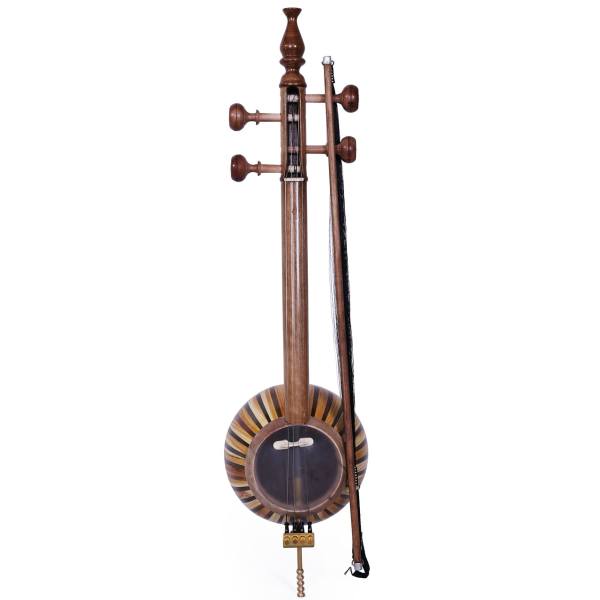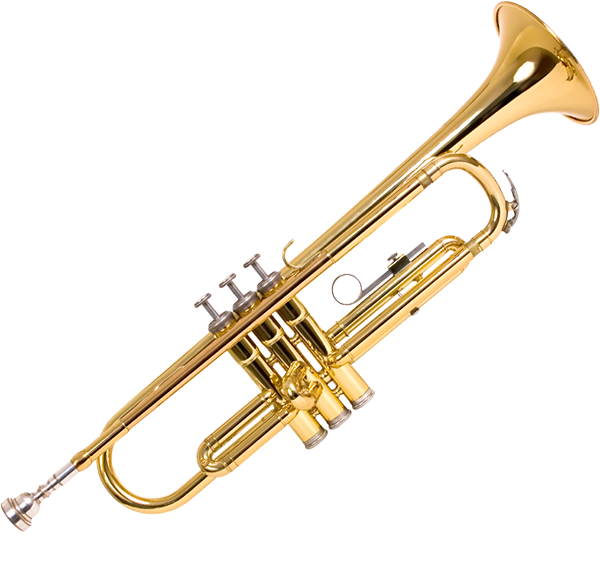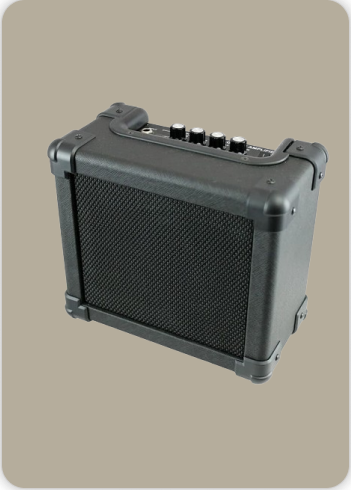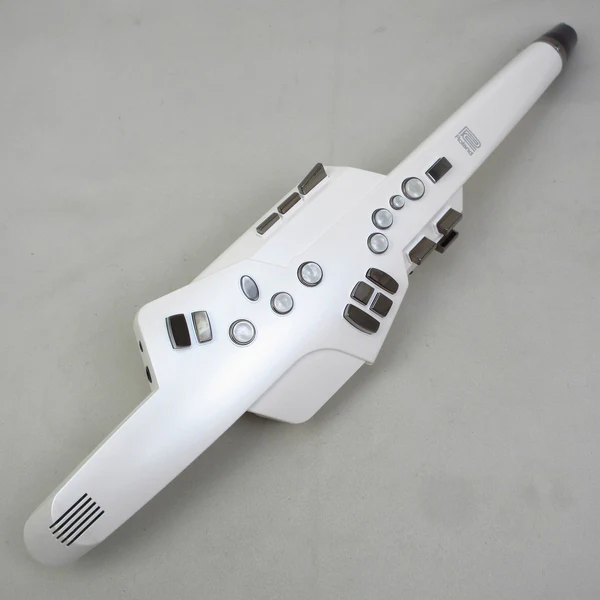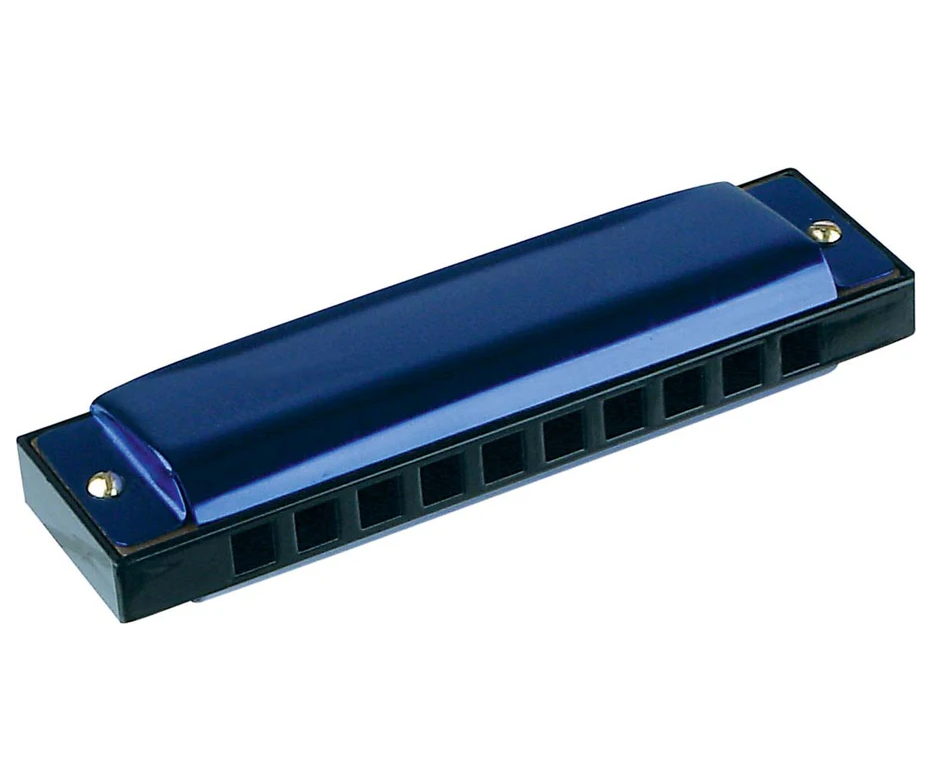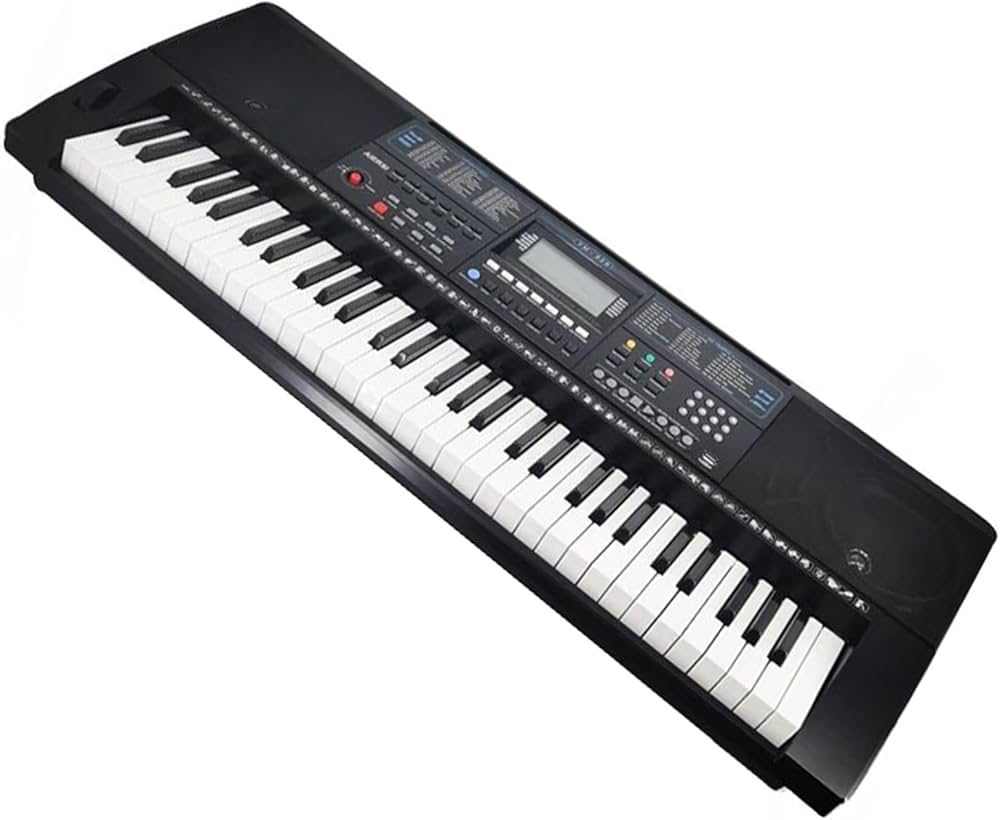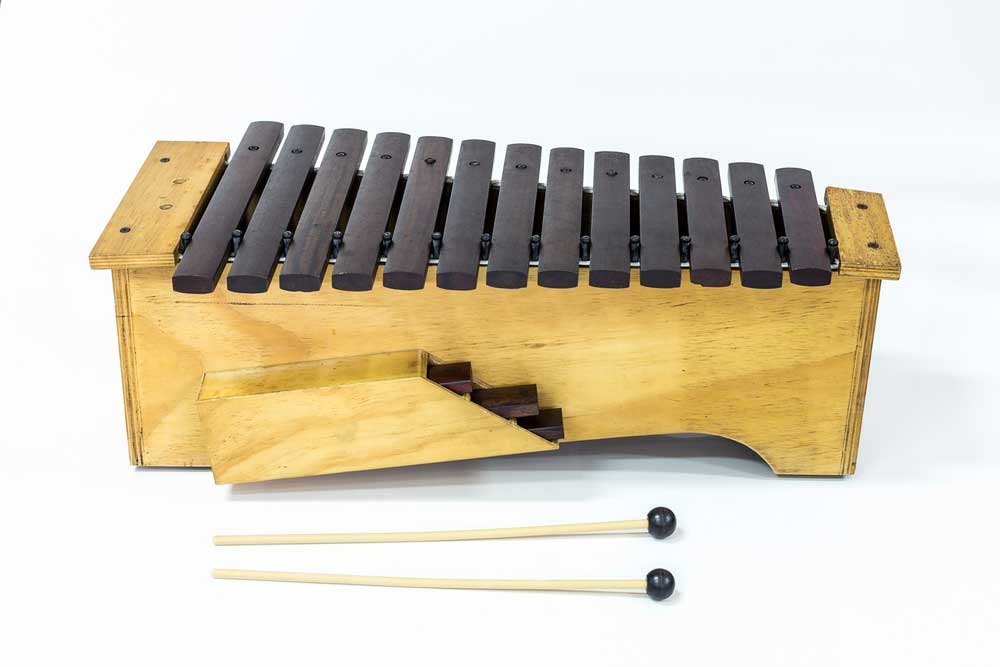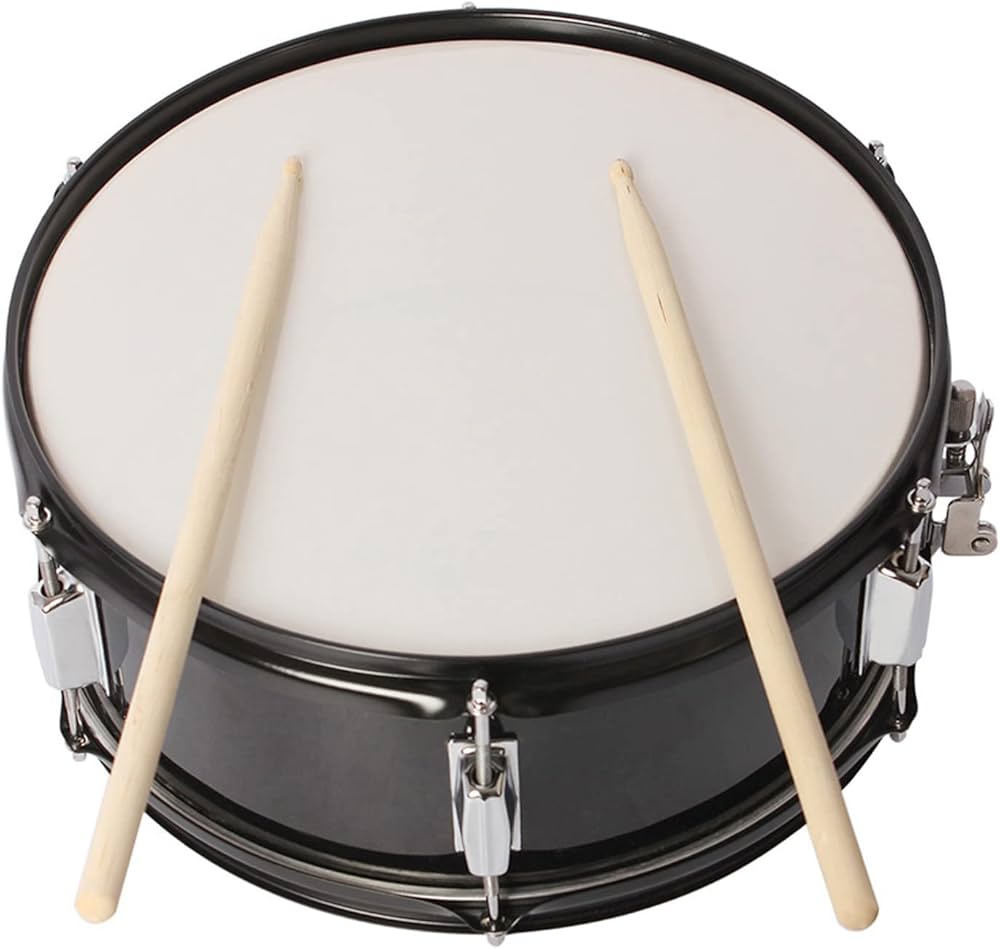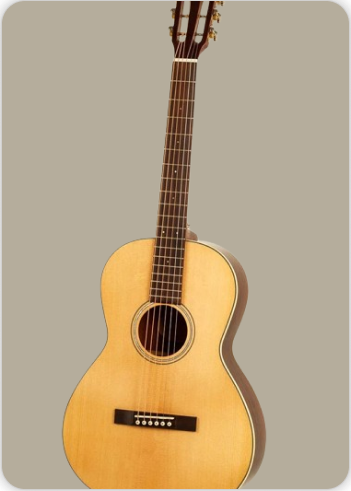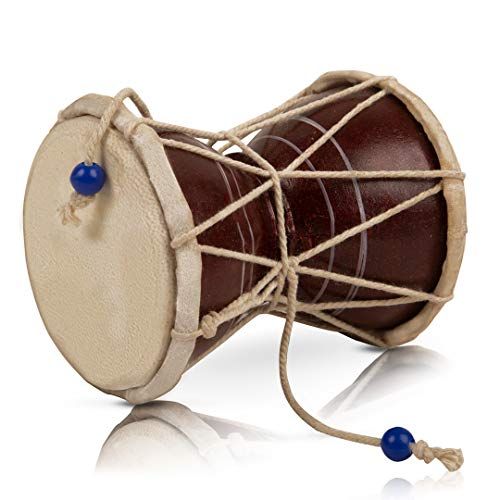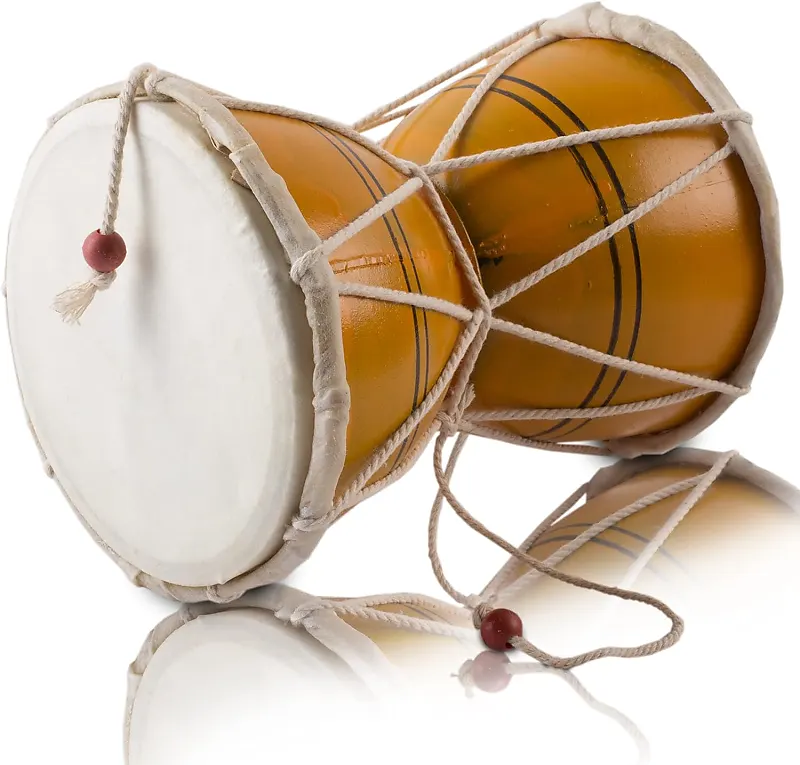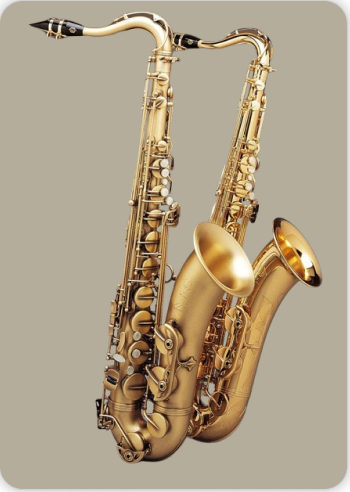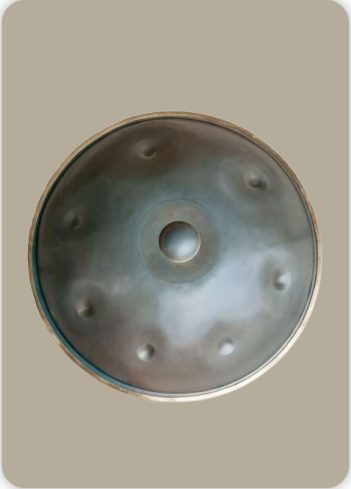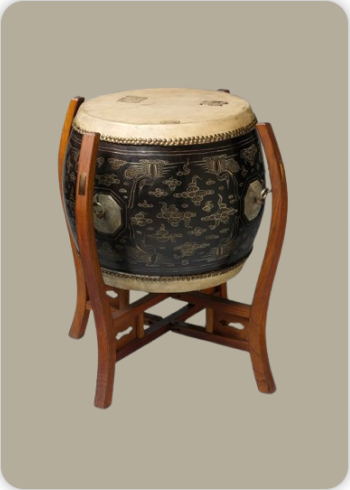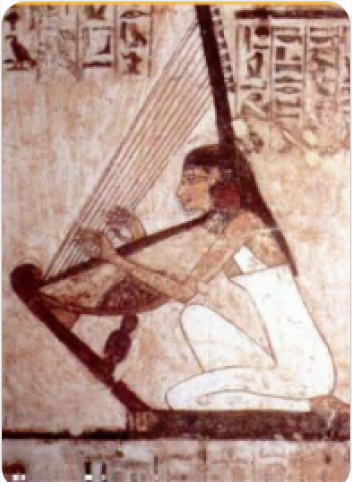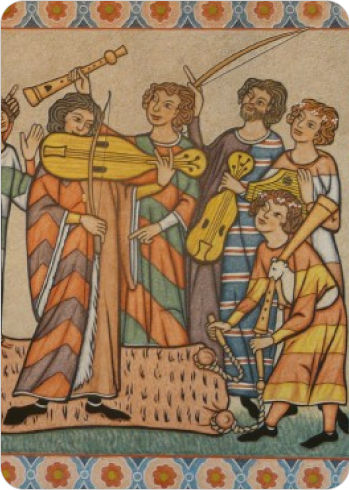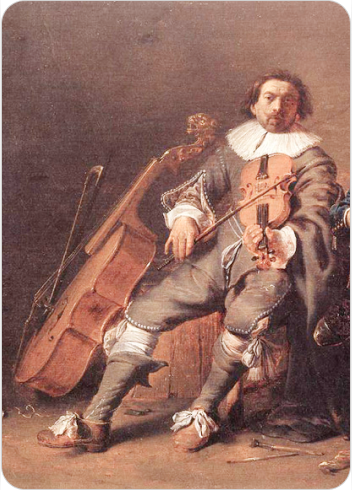Damru
Percussions
Asia
Between 1001 and 1900 AD
Video
The damru is a small, hourglass-shaped drum that holds immense cultural and spiritual significance, particularly in the traditions of Hinduism and Tibetan Buddhism. It has been used for centuries and remains a prominent feature in religious rituals, spiritual practices, and performances across India, Nepal, and the wider Himalayan region. This drum, though modest in size, carries deep symbolic meaning, especially associated with the deity Lord Shiva and the ancient traditions of Indian music and dance. Below, we will explore the history and origin, types, and features of the damru in greater detail.
History and Origin of the Damru
The damru is believed to have its roots in ancient India and dates back several millennia. The exact timeline of its creation is not definitively known, but the instrument’s association with Lord Shiva, one of the principal deities in Hinduism, suggests its presence in religious rituals dating to the Vedic period (approximately 1500 to 500 BCE). According to Hindu mythology, Lord Shiva is often depicted playing the damru, which symbolizes the cosmic sound of creation. The sound produced by the damru is said to represent the primordial rhythm, the sound of the universe, and the rhythm of life.
The damru is especially revered in the Shaiva tradition, where it is often linked to the dance of the cosmic energies. Lord Shiva’s drum is said to have been the instrument that generated the sound of the universe’s creation, destruction, and rebirth. Its symbolic importance is so profound that the damru is sometimes referred to as the “drum of time,” measuring the pulse of the universe. In the ancient texts, such as the Shiva Purana and the Vishnu Purana, the instrument is described as being central to the sound of the cosmos, embodying the rhythm of the eternal cycle of birth and death. As the damru passed through centuries of cultural history, it found its place in various traditional musical forms and rituals. The instrument is frequently found in the practices of Tibetan Buddhism, where it represents the union of wisdom and compassion. In Tibetan rituals, the damru is played during meditation and ceremonies to invoke spiritual clarity and harmony.
The instrument is also part of a larger category of percussion instruments in Indian classical music, though it is often regarded more as a sacred object than a tool for entertainment or performance in the modern sense. The damru was also used by ascetics and wandering yogis as a symbol of their spiritual journey, helping to evoke the rhythms of spiritual practice and invoke divine blessings.
Types of the Damru
The damru comes in various sizes and designs, but the basic form of the instrument remains quite consistent. While the construction of the damru has remained relatively unchanged over the centuries, regional variations can be found in terms of materials, size, and ornamentation. Below are the key types of damru instruments found across cultures:
Traditional Damru: This is the classical, ancient form of the instrument, typically made from wood or sometimes clay. The damru is often crafted by hand, and its hourglass shape is an essential feature. The two ends are covered with animal skin (such as goat or buffalo hide), which is stretched tightly to create the desired tension and sound. The size of the traditional damru can vary, though it is typically small, measuring only a few inches in height.
Decorative Damru: In certain cultural traditions, particularly in the regions of Rajasthan and Maharashtra, the damru is sometimes decorated with intricate designs. These may include metallic ornaments, carvings, or vibrant paintwork, reflecting the regional aesthetics and cultural preferences. While these damrus may serve as ceremonial or decorative objects, they are also used in religious and spiritual rituals.
Miniature Damru: A miniature version of the damru is often produced for use as a personal talisman or a spiritual object. These small versions may not be used for musical purposes but are instead seen as symbolic representations of divine presence. They are often carried by devotees as a reminder of the divine rhythm and to invite blessings.
Tibetan Damru: The Tibetan version of the damru is often used in Buddhist rituals. It is sometimes made from metal rather than wood and may have symbolic features that differ from the traditional Hindu version. The damru is used alongside other instruments in Tibetan Buddhist chants and ceremonies, where its rhythmic beats are said to support meditation and the transmission of wisdom.
Modern Damru: With the advent of modern materials, the damru is sometimes constructed using plastic or synthetic materials in addition to traditional wood. These modern damrus may be more affordable and easier to maintain but still retain the symbolic and ritual significance of the instrument.
Features of the Damru
The damru has several defining features that contribute to its unique sound and cultural significance. These features help make the instrument a distinct and irreplaceable element in the musical traditions where it is found.
- Shape and Size: The damru is characteristically hourglass-shaped. The two ends of the instrument are slightly rounded and connected by a narrow central waist. The shape is integral to the instrument’s acoustics, allowing it to produce a resonant sound when struck. It is compact, often no taller than 8-10 inches, and is designed to be held in one hand while being played.
- Material Construction: Traditionally, the damru is crafted from wood, though it can also be made from clay or metal in some cases. The two membranes at each end are made of animal skin, which is stretched over the openings and fixed into place. The skins must be of high quality to ensure the best sound, and the tension of the skins plays a key role in the pitch and tone of the instrument.
- Sound Production: The sound of the damru is produced by striking the two membranes with the fingers or using a cord. The player may use their other hand to twist or move the damru during the performance, which affects the tone and volume. The instrument is capable of producing both high and low-pitched sounds, depending on how it is struck and manipulated. This duality allows it to evoke a variety of spiritual and emotional responses.
- Symbolism: The damru holds deep symbolism in the context of Hinduism and Tibetan Buddhism. As mentioned earlier, it is often associated with Lord Shiva, the god of destruction and creation, and the cosmic rhythm of the universe. In Tibetan Buddhism, it symbolizes the union of wisdom and compassion. The sound of the damru is also said to represent the pulse of the cosmos and is used in rituals to align the practitioner with the divine rhythm of existence.
- Playing Technique: The damru is played by holding it in one hand and tapping or striking the drumheads with the fingers of the other hand. The player can also twist or rotate the damru to adjust the sound. The flexibility in playing techniques allows the instrument to produce a range of rhythmic patterns, which are often used in meditative or ritualistic contexts.
- Cultural Significance: Beyond its musical qualities, the damru is a highly symbolic instrument. It is often seen as a representation of the primordial sound of creation. The rhythm it produces is said to symbolize the heartbeat of the universe and the continuous cycle of life, death, and rebirth. In Hinduism, the damru is a symbol of Lord Shiva’s dance of creation, destruction, and regeneration. In Tibetan Buddhism, it is a representation of the unity of wisdom and compassion, where sound transcends ordinary experience to express the divine order of the universe.
- Role in Rituals: The damru is frequently used in religious and spiritual ceremonies. In Hinduism, it is often used during pujas (ritual prayers) and other ceremonial events. It is also an integral part of the offerings made to deities, especially to Lord Shiva. In Tibetan Buddhism, the damru plays a crucial role in rituals designed to invoke divine blessings and enhance spiritual awareness. Its sound is believed to aid in meditation and to facilitate the alignment of the practitioner with cosmic energies.
- Artistic and Performative Use: While the damru is primarily a spiritual instrument, it is also employed in artistic performances, particularly in the classical dance traditions of India. Dancers who perform the Tandava dance, which is associated with Lord Shiva, often use the damru to complement the rhythmic movements. The instrument’s sound is thought to accentuate the intense, energetic movements of the dance, enhancing the visual and auditory experience.
Sound Production
Sound production in the Damru occurs through a twisting motion that causes the ends of attached cords to strike the drumheads. The tension of the membranes affects pitch and tone quality, allowing musicians to create varied sounds. The rhythmic beating produced resonates with spiritual significance during rituals.
Cultural Significance
The Damru is not only a musical instrument but also a symbol of cosmic balance. In Hindu mythology, it represents the duality of existence—creation and destruction, male and female—reflecting the interconnectedness of all things. Its rhythmic sound is believed to evoke the primal energy of the universe.
The damru remains one of the most profound and evocative musical instruments across cultures. Whether as a sacred object used in religious rituals or as a symbol of the cosmic pulse of life, it holds a deep connection to both the spiritual and cultural identity of many regions, particularly in South Asia and the Himalayas. Its rich history, distinctive design, and resonant sound continue to inspire both spiritual practitioners and musicians alike. As it transitions through centuries of use, the damru persists as a timeless symbol of creation, rhythm, and divine order, transcending its humble form to become an instrument of profound meaning and significance.
FAQ
What is the origin of the Damru?
The Damru originated in South Asia, particularly India, with historical references dating back to at least the 2nd century BCE. It has deep connections to Hindu mythology and is often associated with Lord Shiva.
How has the Damru evolved throughout history?
Over centuries, the Damru has evolved through cultural exchanges within South Asia. It remains vital in both Hindu and Tibetan Buddhist rituals while adapting to various regional musical styles.
What role does the Damru play in music?
The Damru serves as a spiritual instrument in rituals and meditation practices. It also features prominently in folk music traditions across India, enhancing cultural expressions through its unique sound.
 Links
Links
References
Other Instrument
Categories
